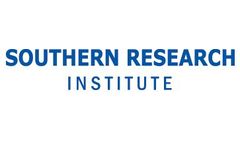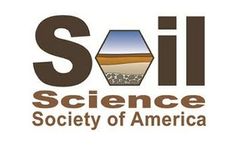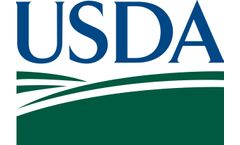Refine by
Laboratory System Articles & Analysis
5 news found
InfraLUM FT-12 FT-NIR analyzer for express analysis of grain, feed, oilseeds and many more samples will be shown at the event, as well as the Capel system for laboratory analysis of feed and ingredients. With hundreds of installations, both instruments have already proven to be efficient and often indispensable tools for quality control in routine use in feed, ...
The mosquito larvae populations (representing non-target organisms for thiacloprid) were established in 5.5 litre glass nanocosms (small-scale laboratory systems representing larger natural systems). Twelve of the nanocosms contained only mosquito larvae and 24 nanocosms also contained water-flea larvae (Daphnia magna) (also representing ...
Southern Research Institute today announced it has entered into a cooperative agreement with the U.S. Dept. of Energy to develop a mild liquefaction process that will economically convert biomass to petroleum refinery-ready bio-oils. The process will convert biomass to stabilized bio-oils that can be directly blended with hydrotreater and cracker input streams in a petroleum refinery for ...
“It’s important to know which microbes are being lost from soil,” says Acosta-Martínez, a soil microbiologist and biochemist at the USDA-ARS Cropping Systems Laboratory in Lubbock, TX, “because different microbes have different roles in soil ...
John Teasdale, research leader of the ARS Sustainable Agricultural Systems Laboratory in Beltsville, Md., is working with ARS chemist Cliff Rice to see whether organic compounds released by rye in the soil play a role in suppressing weeds and whether those compounds can be exploited to improve rye’s weed-killing capabilities. ...





